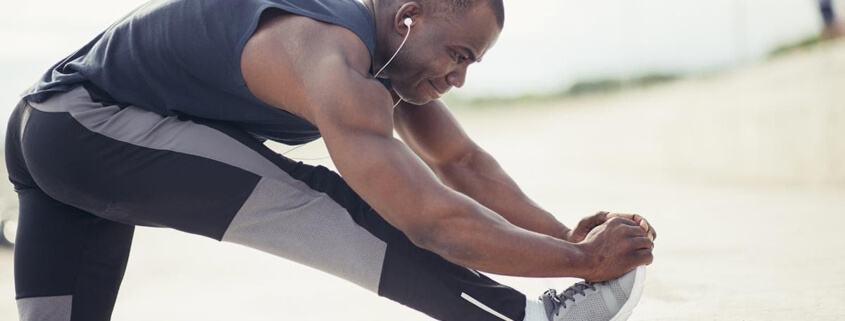15 Essential Exercise Safety Tips for Beginners
Working out is so important to your physical, mental, and emotional health, but it’s not without its risks. And this is especially true for novices, those who are coming out of a prolonged period of relative inactivity, and people who just aren’t in such great shape.
Strains, sprains, pulls, tears, breaks, overuse injuries, and other problems easily occur if you’re not careful. Also, some people are susceptible to pushing their heart too hard or exacerbating existing illnesses or injuries through exercise.
The point of exercising is, of course, to improve your health—not to jeopardize it. That’s why the following exercise safety tips for beginners are so crucial. They’ll go a long way toward keeping you happy, safe, and fully intact as you strive to embrace a healthier lifestyle.
Stay Safe and Healthy with New Fitness Routines
- Consult your primary care physician before beginning any exercise regimen for personalized advice based on your general health and fitness level. Ask about starting safely and building up gradually. Check with any specialists you see for specific health concerns, too.
- Don’t work out every day. Your body needs a day to rest once or twice per week.
- Vary the types of exercises you do and target different areas/muscle groups from day to day. This helps prevent overuse injuries and provides more comprehensive, beneficial workouts over the course of the week.
- Never skip the warm-up before you stretch and exercise. Also, use the same techniques for a cool-down after your workouts.
- Remember that stretching before and after exercise has lots of benefits, including reducing the risk of injuries and soreness.
- Never bounce as you start or hold a stretch; use smooth, slow motions.
- Learn proper form and techniques for weight lifting, resistance training, and other strength-building exercises. The best option is to work with a professional trainer, or at least an experienced workout partner. While there are lots of videos online for learning techniques, it can be hard to tell which are reliable. Also, it’s better to have someone observing you, offering live instruction, corrections, and spotting.
- Be wary of the beginner’s tendency to hold your breath while performing strength-training exercises—and don’t do it. It can be dangerous. Also, work on controlling your breathing during aerobic workouts, especially as you build up to longer, more strenuous sessions.
- If you’re in your senior years or have any medical condition affecting your joints or bones, stick primarily to low-impact exercises. Swimming and bicycling are two great choices.
- Wear comfortable, supportive shoes designed for your activity. Wrapping with athletic tape is a good idea if you have a sensitive area or joints.
- Wear some sort of lights or reflective clothing or accessories when walking, jogging, biking, or doing other exercises outside in the early morning, at dusk, or at night. Remember, you should be visible to anyone coming from in front of you, the sides, or behind you.
- Take it easier in hot and/or humid weather. Also, beware of ice and snow when it’s cold out, and don’t under-dress for the temperature simply because you’ll get hot; wear layers so you can take something off if necessary. Consider just exercising indoors in inclement weather.
- Stay hydrated and replenish those lost electrolytes!
- Don’t push yourself so hard that you can’t talk during exercise. If you reach this point, immediately start gradually taking things down a few notches. If you don’t get back in control quickly, continue through your cool-down and then stop.
- Pay attention to cues from your body. “No pain, no gain” may be a cliché mantra, and it’s good to push yourself, but if you’re actually in pain or feel dizzy or faint, something’s probably not right. Stop. Check in with your doctor for treatment advice and to ask if you might need medical attention. Also, skip the workout when you’re sick.



